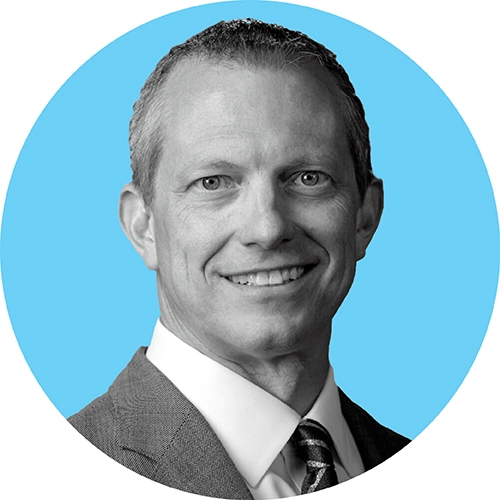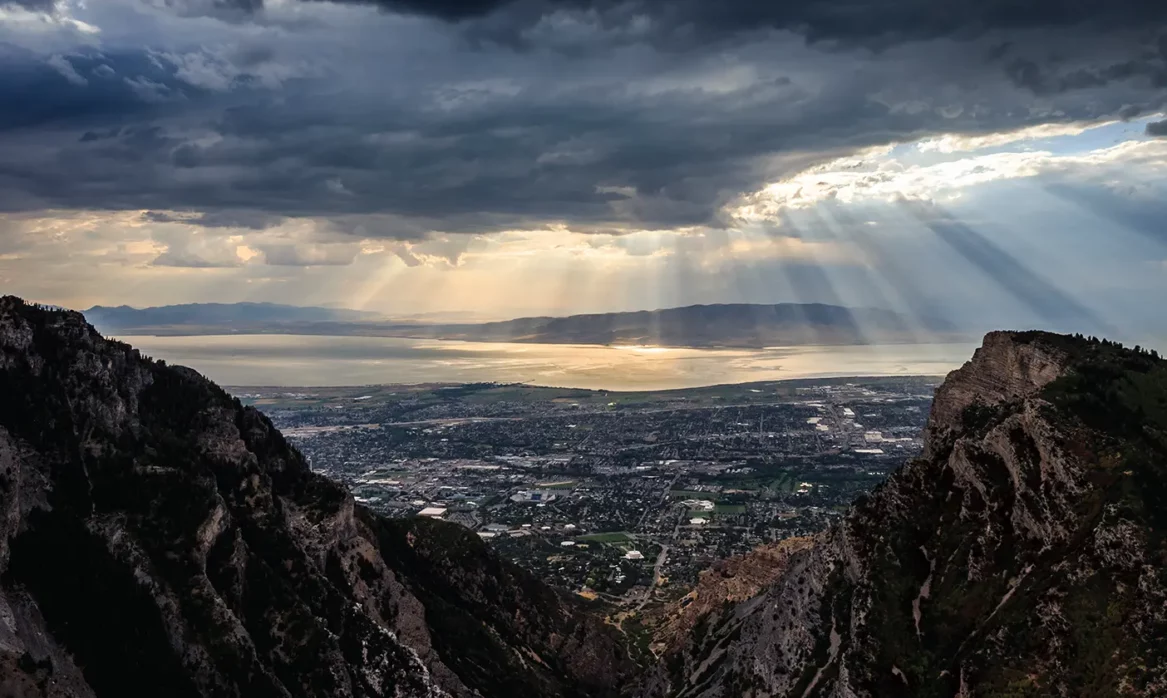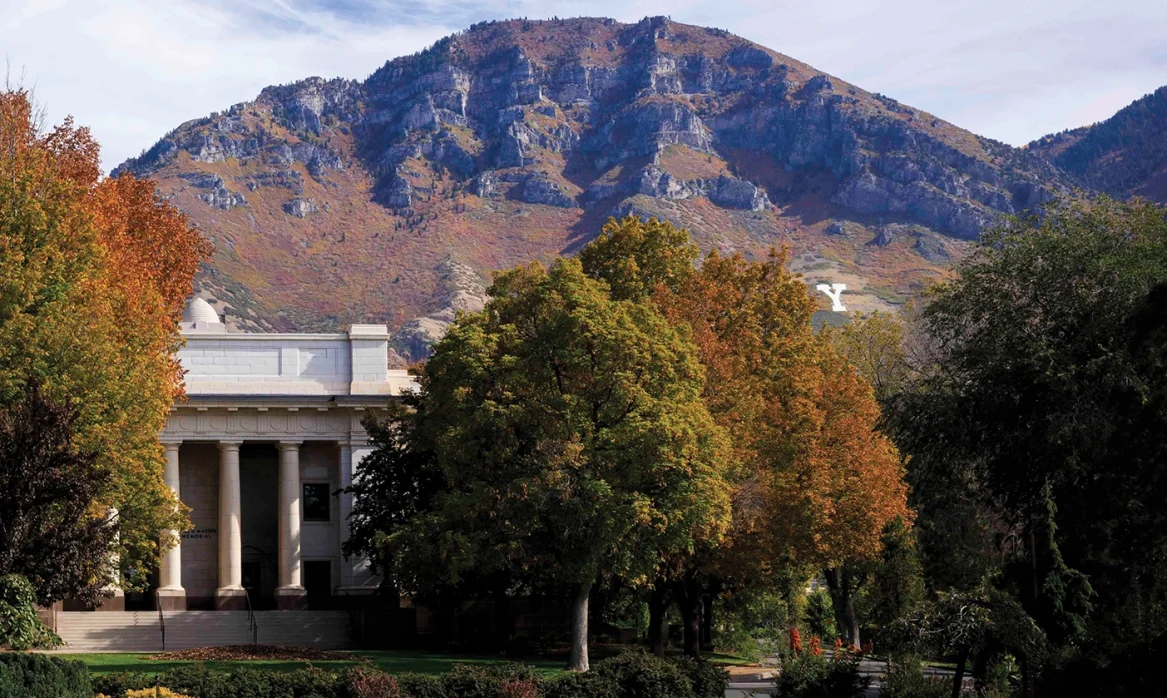After 150 years, BYU and its graduates continue on an upward path.

As we mark 150 years since Brigham Young established a new kind of school with his signing of the Brigham Young Academy deed, we celebrate the remarkable journey the university has made—from a tiny academy in 1875 to a growing university in 1975 to a flourishing institution with global influence today. To paraphrase President Spencer W. Kimball in his landmark “Second Century” address, “A [sesqui]centennial observance is appropriate, not only to renew our ties with the past but also to review and reaffirm our goals for the future.”1
In that same talk President Kimball offered this insight: “Some of the things the Lord would have occur in the second century of BYU are hidden from our immediate view. Until we have climbed the hill just before us, we are not apt to be given a glimpse of what lies beyond. The hills ahead are higher than we think.”
Since that charge 50 years ago, BYU has continued its upward climb. The university has further established its prophetic governance and guidance; it has grown in academic excellence; it has left behind the threat of financial insolvency that nipped at the university throughout its first century; and it has remained independent of external influence and control.
Over the same period, graduates of BYU have gone forth to serve in countless ways—in their workplaces, communities, congregations, and homes—sharing the light of Jesus Christ that was kindled and strengthened in them during their time at BYU.
BYU has climbed far, but what higher hills have now been revealed?
In a 2021 message to university officials, Elder David A. Bednar (BA ’76) asked, “At BYU in the second half of the second century, will the light and image of the Savior shine ever brighter in our countenances, in our thinking, in our teaching, and in our scholarly work and writing—and thereby provide needed illumination in a darkening world?”2
To these ends, President C. Shane Reese (BS ’94, MS ’95) has charted an upward path through university strategic priorities, which include strengthening the student experience, emphasizing BYU’s “double heritage” of secular knowledge and spiritual truth, and developing the courage to be different from the world.
We’re making strides up these current hills. As one example, we’ve seen progress in strengthening our students’ BYU experience. Every year as our seniors leave campus we survey them with a host of questions. Two of them are “Did your time at BYU positively impact your faith in Jesus Christ?” and “Did your time at BYU positively impact your testimony of living prophets?” Over three years, we’ve seen approximately 10 percent growth of those who answered affirmatively to each of these questions.
These data are good news and indicate that efforts across campus are having an impact. But they also indicate a need for more—until every student can answer affirmatively.
Elder Bednar’s question equally applies to alumni: Will the light and image of the Savior shine ever brighter in our countenances, service, work, and families—providing needed illumination in a darkening world?
Thinking of higher hills yet to climb could be discouraging. But I’ve come to believe the phrase is meant to inspire us. While every hill this university must climb will be strenuous and challenging, higher hills can also represent the higher and holier campus that Brigham Young University can become for us individually and collectively. By moving the university forward and upward, we will invite greater spiritual and intellectual power to magnify our efforts.
Indeed, the hills ahead are higher—and holier—than we think, and they are ours for the taking.

Keith Vorkink is the BYU advancement vice president.
NOTES
- Spencer W. Kimball, “The Second Century of Brigham Young University,” BYU devotional address, Oct. 10, 1975.
- David A. Bednar, “Look unto Me in Every Thought; Doubt Not, Fear Not,” BYU address, April 16, 2021.












